Objectives of the service

Many event attendees face fragmented travel arrangements, with separate bookings for tickets and transport, limited information on available connections, and uncertainty about schedules or seat availability. Event organisers and transport operators struggle to coordinate efficient services, often leading to underused capacity, higher costs, and unnecessary environmental impact.
SpaceInBus addresses these challenges by offering a unified digital platform that seamlessly links event ticketing and transportation. Through an intuitive booking interface, passengers can purchase combined event and travel packages or reserve transport independently. Organisers can plan and promote transport options alongside event marketing, while operators gain access to better demand forecasts and route optimisation tools powered by space-based positioning and traffic data.
The service streamlines coordination between all stakeholders, reducing administrative work, improving seat occupancy, and cutting emissions by matching capacity to real demand. By integrating ticketing, communication, and route planning into one ecosystem, SpaceInBus makes event travel more convenient for passengers, more profitable for operators, and more sustainable for communities.
Users and their needs
SpaceInBus targets three main user communities in Finland and other European event destinations: event attendees, event organisers, and transport operators.
Event attendees, including festival goers and day-trip passengers, want simple, affordable, and reliable travel options that align with event schedules. They prefer a one-stop booking experience and up-to-date travel information.
Event organisers, from large festivals to smaller cultural events, need tools to coordinate and promote transport options that encourage attendance, reduce parking pressure, and enhance visitor satisfaction.
Transport operators, both large and small, require accurate demand forecasts, efficient route planning, and cost-effective ways to fill seats while complying with regulations.
Key user needs:
-
Seamless booking for event and transport in one transaction
-
Real-time travel updates and seat availability
-
Better matching of transport supply to actual demand
-
Easy promotion and integration of transport options into event marketing
-
Efficient coordination between organisers and operators
-
Reduction of environmental footprint through optimised capacity
Challenges: integrating multiple ticketing and booking systems, ensuring accurate and timely data sharing between stakeholders, and building trust among partners to share demand and operational information.
Service/ system concept
SpaceInBus provides event attendees and transport operators with a seamless, integrated mobility service. Users can view and book event tickets bundled with transport in a single transaction, receive real-time travel updates, and access optimised route suggestions based on demand predictions. Event organisers gain access to analytics dashboards showing passenger flows, occupancy rates, and peak demand forecasts, enabling better crowd and transport planning.
At a high level, the system connects ticketing platforms with transport operators’ scheduling systems. Space asset data, such as satellite-based positioning, supports live vehicle tracking and estimated arrival times. A central cloud platform processes ticket sales, passenger demand data, and GPS feeds, then generates optimised transport schedules. Information flows back to users through mobile-friendly booking portals and operator dashboards. The architecture comprises four main components: data ingestion (ticketing, GPS, event schedules), optimisation engine (route and demand algorithms), communication layer (APIs for partners), and user interfaces (apps, web portals).
When deployed, the system enables users to plan and travel more efficiently, operators to run cost-effective services, and event organisers to enhance the visitor experience while reducing congestion.
Space Added Value
SpaceInBus uses satellite-based positioning (GNSS) to provide accurate, real-time vehicle location data for buses and shuttles serving event venues. This data enables precise arrival time predictions, dynamic schedule adjustments, and reliable passenger information, even in areas with limited terrestrial coverage. By integrating GNSS with ticketing and passenger demand data, the system can optimise routes and schedules to reduce waiting times and prevent overcrowding.
Compared to existing methods that rely solely on static timetables or ground-based tracking, the use of GNSS ensures continuous coverage and higher accuracy, particularly valuable for large-scale events where traffic patterns can change rapidly. The combination of space-based tracking with predictive analytics also allows operators to respond in near real-time to demand spikes, reroute vehicles if necessary, and provide attendees with trustworthy travel updates. This capability differentiates SpaceInBus from conventional solutions, enabling a smoother and more efficient travel experience.
Current Status

During the first half of the project, SpaceInBus successfully launched pilot transportation services in cooperation with major and mid-sized events, including Pori Jazz, Kouvolan Wiinijuhlat, Rootsinpyhtää Bluegrass Festival, and Fagerkulla Folk Festival. These pilots tested integrated ticketing, demand forecasting, and real-time travel updates with both large and small transport operators. User feedback was collected on booking usability and service reliability. Currently, technical integration between ticketing platforms and transport scheduling systems is being refined to improve automation and reduce manual coordination. Marketing and PR campaigns are underway to expand user reach, with early partnerships formed for upcoming events. The next phase will focus on scaling the service to additional events and testing improved dynamic pricing features to maximise seat occupancy.



